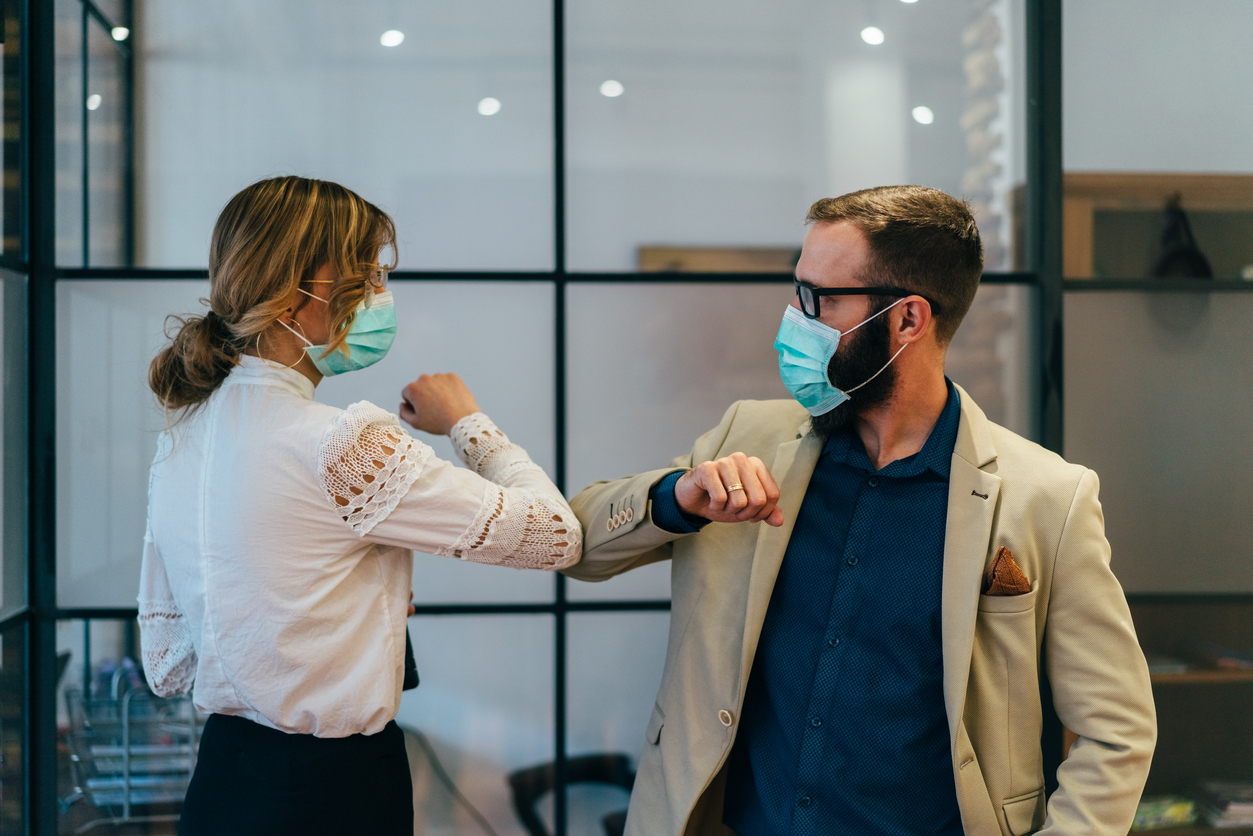The rating agency turned negative on workers’ compensation lines back in March due to the economic conditions and rise in unemployment that accompanied the pandemic, as well as volatility in the assets that match insurers’ liabilities.
The crisis has resulted in many employees now working from home, but a significant part of the workforce still needs to be present and public-facing, and this is the group that new state laws aim to support.
For these workers, some states are looking to shift the burden to the insurer to prove that an employee contracting COVID-19 did not do so while on the job.
“This shift in the burden of proof could lead to significant additional losses to a segment already under pressure and result in increased reserve estimates and higher combined ratios,” AM Best.
Given that assumptions used in pricing and actual loss emergence diverge significantly, these legislative changes will result in an increase in loss estimates, with a potential impact on earnings.
Analysts believe that the insurers most at risk would be state funds and other workers’ compensation specialists, but noted that less than a quarter of the property and casualty industry writes workers’ compensation.
But despite the heightened risk owing to legislation, AM Best is confident that COVID-19 related claims will be manageable for insurers, as similar moves to expand compensability rules are not common across states.
Moreover, general claims declined noticeably over the last few months in large part because of the pandemic and the forced shuttering of businesses.
“With more people working at home or in a remote setting, the current claims environment is generally manageable,” AM Best concluded.













